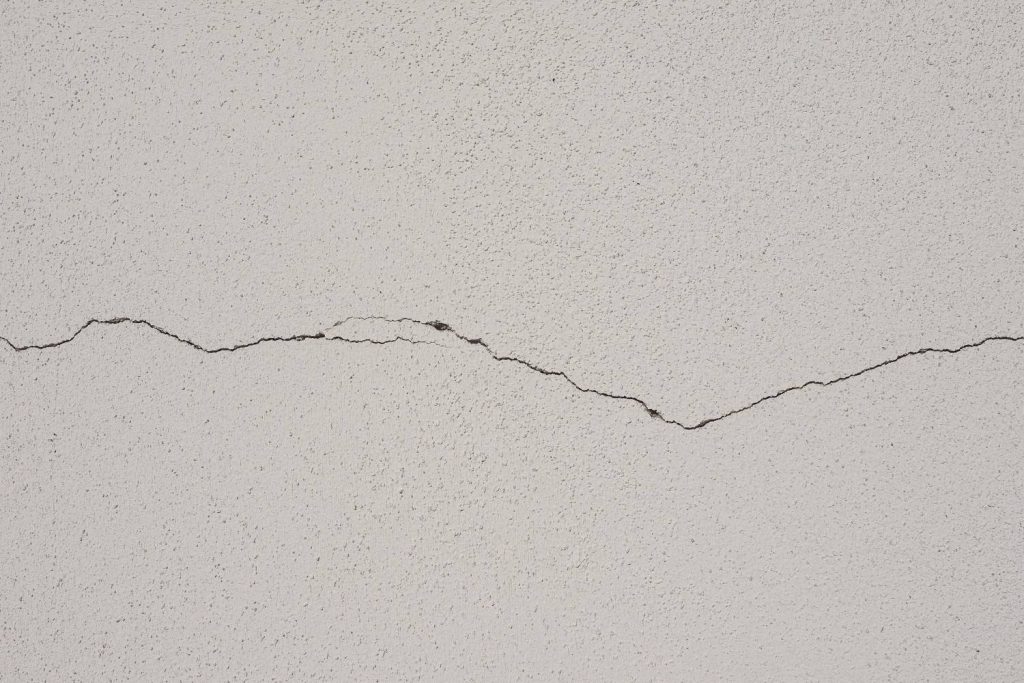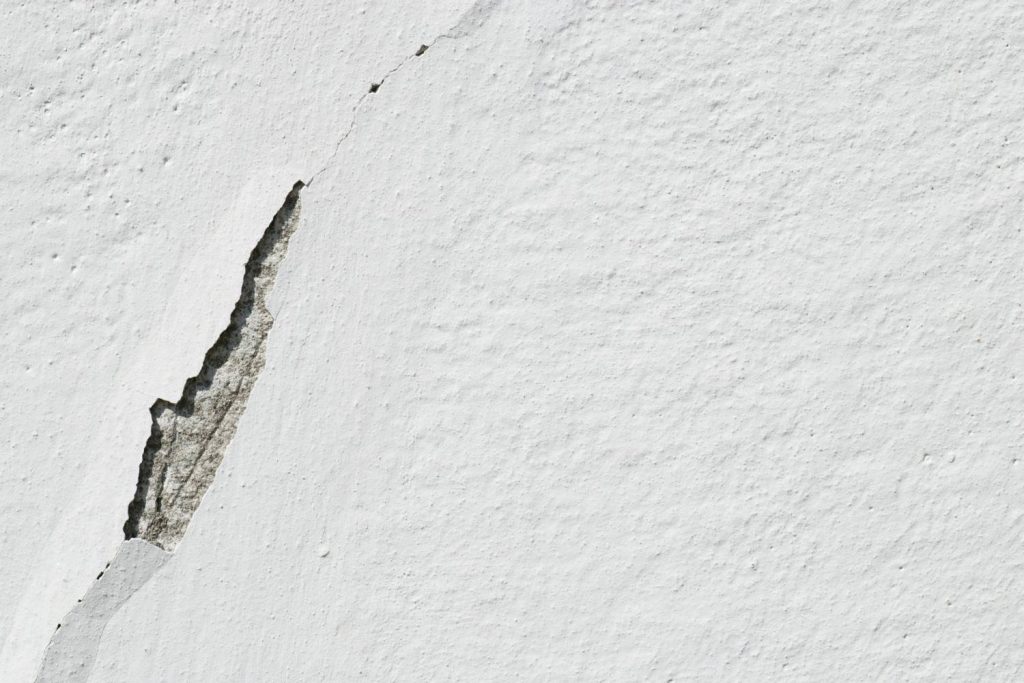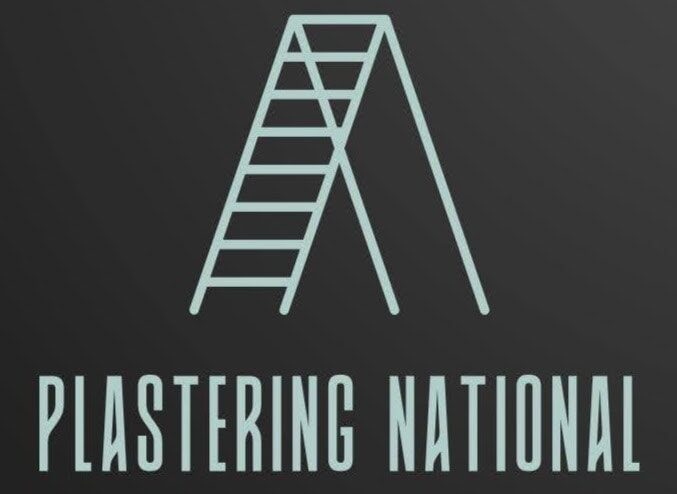Plaster ceilings are a distinctive feature in many older homes and commercial properties, offering both aesthetic appeal and durability. Over time, however, plaster ceiling cracks can develop due to a variety of reasons, ranging from natural settling to moisture exposure. Understanding the different types of plaster cracks, their causes, and how to effectively repair them is key to maintaining both the appearance and structural integrity of your ceiling.
In this guide, we will focus on the common plaster ceiling cracks, explore their underlying causes, and provide useful advice on plaster ceiling repair to help restore your ceiling to its former condition.
Let’s Get Straight To The Point
Plaster ceilings are durable and offer great aesthetic appeal, but they can develop cracks over time due to factors like settling, moisture, or temperature fluctuations. Cracks are typically classified as non-structural (cosmetic) or structural (indicating potential foundation issues). Non-structural cracks, such as hairline, crazing, and drying shrinkage cracks, are usually easy to repair with joint compound. Structural cracks, like horizontal, vertical, and foundation movement cracks, may require professional intervention.
Types of Plaster Ceiling Cracks
Plaster ceiling cracks can be broadly categorised into non-structural and structural cracks. Identifying the type of crack is essential in determining whether it can be fixed with a simple repair or if professional intervention is required.
Non-Structural Cracks
These cracks are typically shallow and are often the result of minor environmental changes or natural settling of the building. Non-structural plaster cracks are generally not a cause for alarm, though they can affect the visual appeal of your ceiling.
- Hairline Cracks in Plaster: These cracks are thin and often barely noticeable. They typically appear as a result of the plaster drying and shrinking. These cracks can easily be repaired with joint compound and sanding.
- Crazing Cracks in Plaster: Crazing cracks in plaster form a web-like pattern on the surface and are caused by over-troweling the plaster or improper curing. These cracks are mostly cosmetic and can be repaired using joint compound, followed by sanding and repainting.
- Drying Shrinkage Cracks: These occur as the plaster dries and shrinks, causing fine cracks to form. This type of crack is common and can usually be patched up with joint compound and repainting.
Structural Cracks
Structural cracks in plaster ceilings indicate more significant issues, such as shifting foundations or moisture problems. These cracks require professional attention to prevent further damage to the ceiling and the overall structure of the building.
- Horizontal Plaster Cracks: These cracks run parallel to the floor and are usually caused by settling or movement in the building’s foundation. If you notice horizontal cracks, especially above doorways or windows, it’s important to consult a professional for evaluation.
- Vertical Plaster Cracks: Vertical cracks that exceed 0.5 cm (¼ inch) in width may suggest foundation issues. If the cracks are wider or lengthening, professional assessment is needed.
- Foundation Movement Cracks: Diagonal cracks, often referred to as “stair-step cracks,” occur as a result of foundation movement. These cracks are usually wider at the bottom and require urgent attention from a structural engineer.
- Moisture Expansion Cracks: These cracks are caused by water damage, typically from leaks or high humidity. If moisture is causing cracks, it’s essential to fix the source of the water issue first, followed by repairing the plaster ceiling.

Plaster Ceiling Repair: How to Fix Cracks
Repairing plaster ceiling cracks can be straightforward for minor cracks, but larger, structural issues require professional help. Here’s a breakdown of how to handle plaster ceiling repair:
Repairing Non-Structural Cracks
- For Hairline Cracks:
- Clean the crack area by removing any loose plaster.
- Apply a coat of joint compound over the crack, smooth it out, and allow it to dry.
- Sand the area and repaint the ceiling for a seamless finish.
- For Crazing Cracks:
- Apply joint compound to the cracked area and smooth it out with a putty knife.
- For deeper crazing, reinforce the area with a fibreglass mesh patch before applying joint compound.
- Once dry, sand the area and repaint for an even surface.
- For Moisture-Related Cracks:
- First, fix the moisture issue, such as a leaking pipe or poor ventilation.
- Once the source is addressed, scrape away the damaged plaster.
- Apply a new layer of plaster and allow it to dry before finishing with a smooth coat.
Repairing Structural Cracks
For more severe cracks, such as horizontal plaster cracks or foundation movement cracks, professional plaster ceiling repair is essential. A structural engineer will assess the foundation and determine the necessary repairs. These may include:
- Foundation underpinning or stabilisation.
- Patching the plaster and re-surfacing the ceiling.
Preventing Plaster Ceiling Cracks
While some degree of cracking is inevitable in older buildings, there are steps you can take to reduce the occurrence of plaster ceiling cracks:
- Maintain Stable Indoor Conditions: Fluctuations in temperature and humidity can cause plaster to expand and contract. Keep indoor temperatures consistent and use dehumidifiers to maintain a moderate humidity level.
- Ensure Proper Ventilation: Adequate airflow can prevent moisture buildup, which is a common cause of moisture expansion cracks. Ensure areas like kitchens, bathrooms, and laundry rooms are well-ventilated.
- Avoid Excessive Weight on the Ceiling: Heavy objects or installations on the ceiling can cause additional strain, leading to cracks. Be mindful of what is hung or attached to the ceiling.
When to Call a Professional for Plaster Ceiling Repair
While many plaster ceiling cracks can be repaired with DIY methods, there are signs that indicate when to seek professional help. These include:
- Cracks that are widening or lengthening over time.
- Cracks near windows, doors, or chimneys that suggest potential foundation issues and plaster cracks.
- Water damage plaster ceiling repair, which can be complex and requires expertise to address both the moisture issue and the plaster damage.
A professional can provide a plaster crack diagnosis and offer the right solutions, whether it’s plaster ceiling restoration or structural reinforcement.

Conclusion
Plaster ceiling installation offers numerous benefits, including durability, aesthetic appeal, and soundproofing. However, plaster ceiling cracks are common over time, whether due to settling, moisture, or other factors. Regular inspection and timely plaster ceiling repair can help maintain the beauty and structural integrity of your ceiling.
For more severe issues such as moisture expansion cracks or foundation movement cracks, professional intervention is necessary. By addressing cracks early and maintaining your plaster ceiling, you can enjoy its timeless beauty and durability for years to come.
Frequently Asked Questions
How Can I Tell If A Crack In My Plaster Wall Is Structural?
Here are some signs that might indicate a structural crack:
- Crack width: Cracks wider than ¼ inch (6mm) are more likely to be structural.
- Location: Cracks around chimneys, doorways, windows, or running along ceiling lines often signal foundation movement.
- Multiple cracks: The presence of numerous cracks, especially if they appear in a diagonal pattern, suggests structural movement.
- Lengthening cracks: Cracks that seem to be growing in size or number require immediate professional attention.
- Door/window misalignment: Doors or windows that stick, become drafty, or show signs of misalignment can be indicators of foundation movement.
If you notice any of these signs, it’s best to consult a qualified contractor or structural engineer for a proper assessment.
Can I Fix Plaster Wall Cracks Myself?
For small, hairline cracks, a DIY repair is possible. You can use joint compound to fill the crack, sand it smooth, and repaint the area. However, for larger cracks, deeper crazing, or cracks suspected to be structural, professional help is recommended. Repairing structural cracks often involves addressing the underlying cause, which requires expertise to ensure a lasting solution.
What Can I Do To Prevent Cracks In My Plaster Walls?
Maintaining a stable indoor environment with consistent temperature and moderate humidity levels helps minimise cracking. Additionally, proper ventilation during the drying process of newly plastered walls allows for even curing and reduces the risk of cracks. Using a high-quality plaster mix that adheres well to the backing material also contributes to a more crack-resistant finish.
How Much Does It Cost To Repair Plaster Wall Cracks?
The cost of repairing plaster wall cracks depends on the severity and size of the crack, as well as the chosen repair method. Simple hairline cracks might be fixable for under $50, while extensive structural cracks requiring foundation work can cost significantly more. Consulting a professional for an estimate is always recommended.
How Can I Differentiate Between A Hairline Crack And A Structural Crack?
Hairline cracks are typically very thin (less than 1/16th of an inch wide) and don’t show any movement. Structural cracks, on the other hand, can be wider, sometimes with a staircase pattern, and might be accompanied by signs like misaligned doors or windows. Additionally, structural cracks might seem to be growing in size. If you’re unsure, it’s always best to err on the side of caution and consult a professional.

